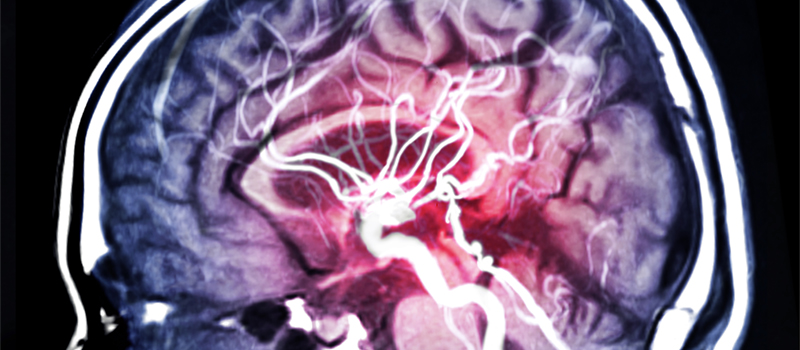The body’s circulatory system is complex and intricate. This system transports blood, minerals, and waste to and from the heart through carefully interwoven vessels. Arteries, for instance, move oxygenated blood from the heart to various parts of the body. The carotid arteries transport oxygen-rich blood to the head and brain. Unfortunately, these arteries may get damaged from a number of factors, leading to carotid artery disease.

What exactly is carotid artery disease, who’s at risk of developing the condition, the associative symptoms, and what treatments can remedy the condition? Read on to learn more about carotid artery disease.
What is carotid artery disease?
CAD is a condition that occurs when the carotid arteries narrow due to cholesterol and plaque buildup. Foreign material like plaque, calcium, cellular waste builds up in carotid arteries. In most cases, these substances build up gradually and are prominent in old age. However, various risk factors can increase your chance of developing CAD, irrespective of your age.
Who is at risk of developing carotid artery stenosis?
As mentioned above, age is the most prevalent risk factor. Once the plaque deposits start building up, they are almost impossible to eliminate. So, as you age, the amount of plaque increases, making it harder for blood to flow freely. Other risk factors associated with CAD are;
Diabetes and insulin resistance
Obesity
High cholesterol
Sedentary lifestyle and lack of exercise
Smoking
Hypertension
A family history of coronary artery disease and CAD
Traditionally, adults aged 60 and above stood a greater risk of developing the condition.
However, with changes in lifestyle choices, almost all age groups and genders are at risk.
What are the symptoms of carotid artery disease?
Unfortunately, there are little-to-none symptoms directly tied to CAD. In many cases, the first warning sign of the disease is a minor stroke known as a transient ischemic attack (TIA).
Transient ischemic attacks result in temporary interruptions of blood flow to the brain. These attacks can last anywhere from a few minutes up to an hour. If the attacks persist, they may lead to a stroke. Some of the early telltale signs of TIA include;
Blurred vision
Slurred speech
Paralysis on one side of the body
Numbness in your arms or legs
Dizziness and fainting
Loss of muscle coordination
If you experience these symptoms, it’s essential to seek medical intervention services quickly to reduce any damage. Early intervention also helps begin treatment and management procedures.

How is carotid artery stenosis treated?
There are two main approaches in the treatment and management of CAD. These are changing your lifestyle habits and initiating prescription medicine. Some of the advice lifestyle changes that help in CAD management are;
Quitting smoking
Lowering your cholesterol with proper diet
Lowering blood sugar through exercise
Lowering blood pressure
Adopting regular workout and exercise routines
In addition to these healthy practices, vascular doctors may prescribe various medications to aid in treating CAD. To qualify for the medications, doctors have to consider factors like your overall health and medical history, your age, and the severity of the disease. Medicines mostly used to treat and manage CAD include antiplatelets, blood pressure-lowering medicine, and
cholesterol-lowering medications.
Alternatively, you may have to undergo surgical operations like carotid artery angioplasty (CAS) and carotid endarterectomy. These procedures may involve some risk, but they are quite effective in dealing with CAD.
Finally, if you’re among the increased risk factor groups listed above or come from a family with a history of vascular conditions, you should get regular checkups to monitor your health. The earlier CAD is diagnosed, the better your chances of fighting it and the more treatment and management options you have. Contact Washington Vascular Specialists for CAD checkups, management, and treatment services.



